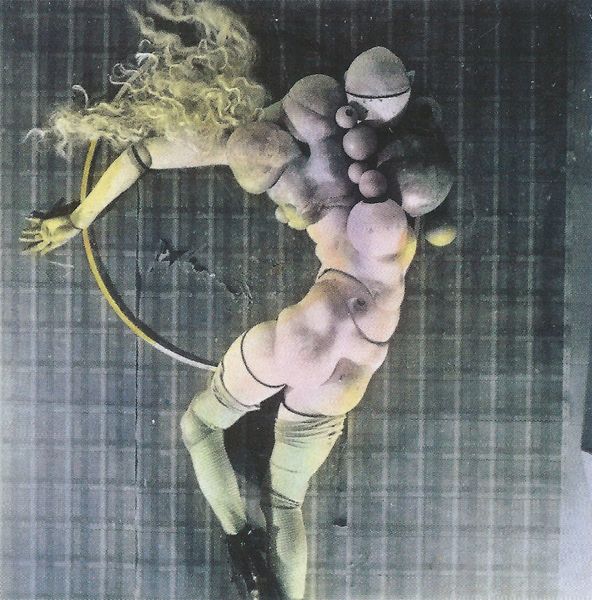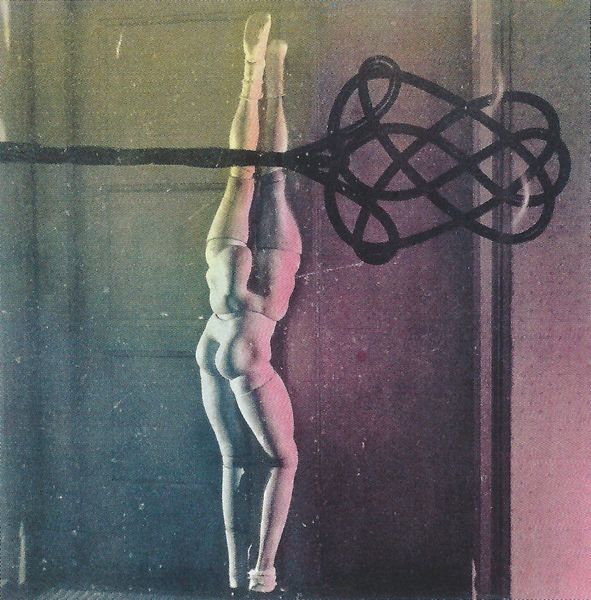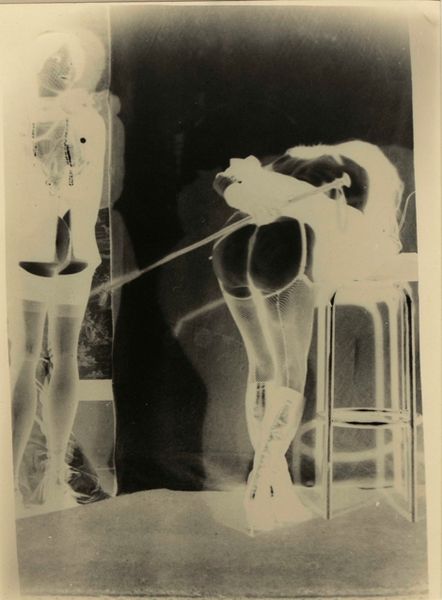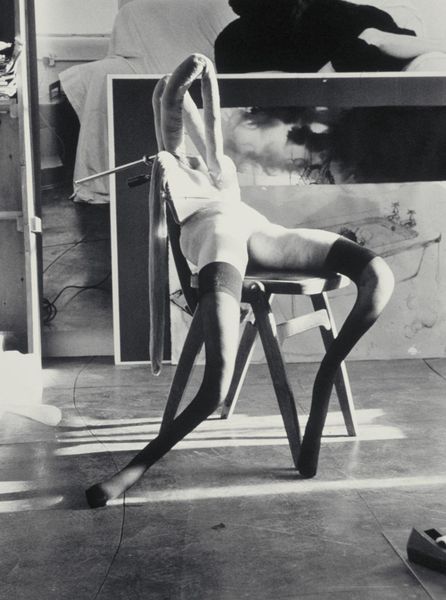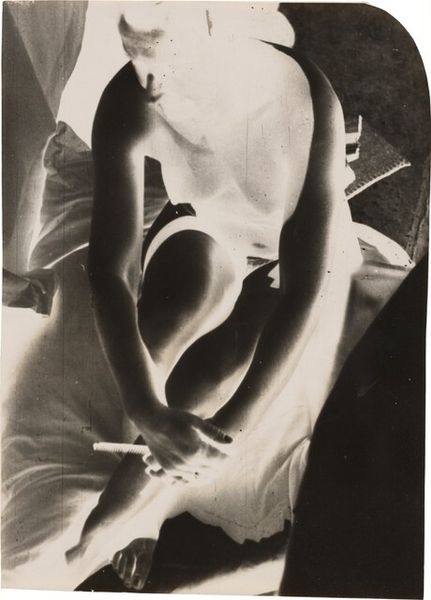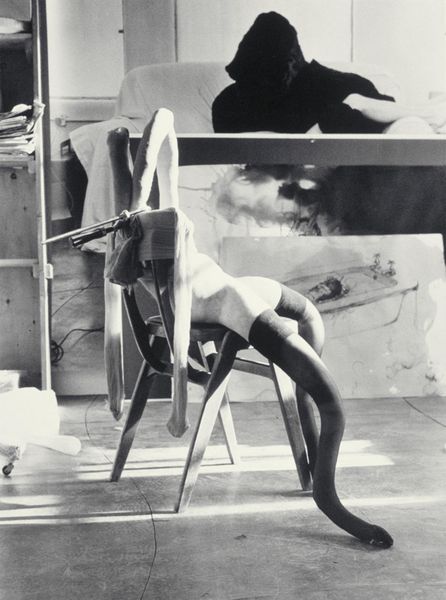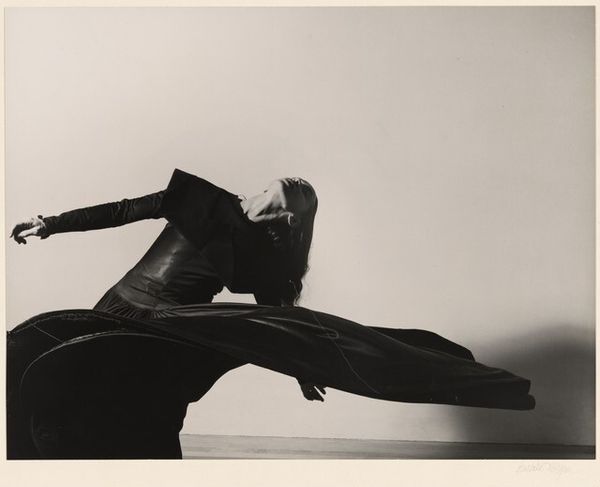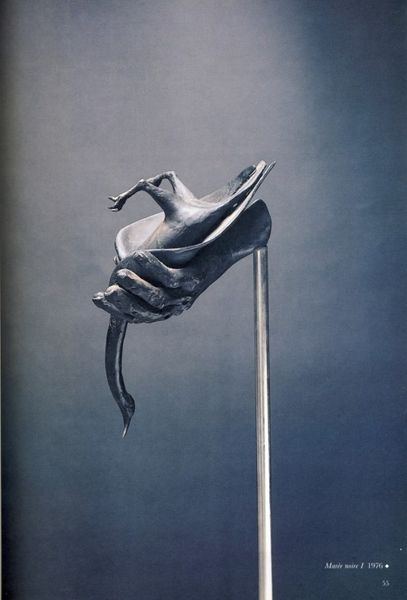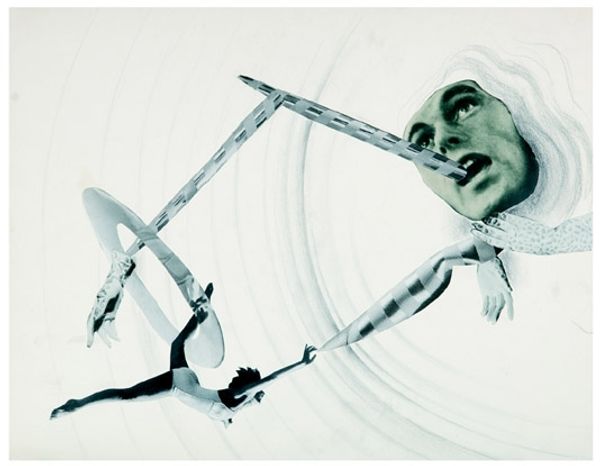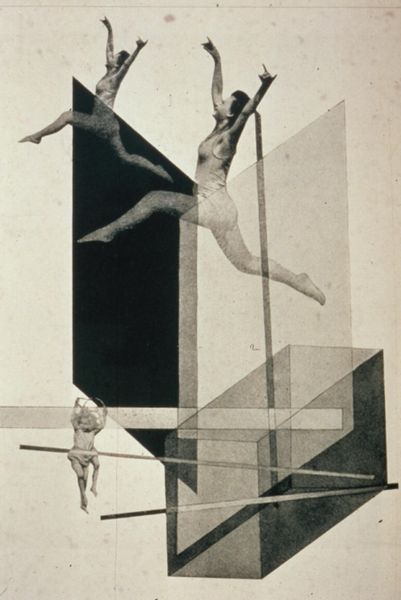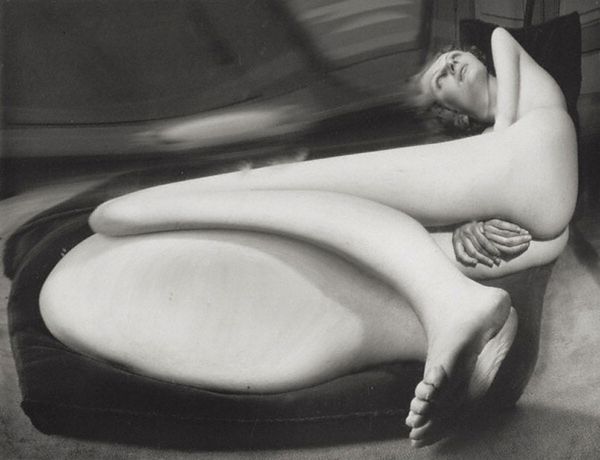
found-object, photography
#
found-object
#
figuration
#
photography
#
surrealism
#
erotic-art
Copyright: Hans Bellmer,Fair Use
Editor: Here we have Hans Bellmer's unsettling photograph, "The Doll (Maquette for The Doll's Games)," created around 1938. It depicts a fragmented, doll-like figure sprawled on the floor. There's something deeply disturbing and dreamlike about it. What do you see in this piece, especially concerning its visual language? Curator: The fragmented doll resonates deeply with anxieties of the era, pre-World War II. The image's power lies in its symbolic distortion of the idealized female form. Think about how dolls historically served as representations of childhood innocence and beauty. Bellmer deliberately disrupts that, suggesting a darker undercurrent. What feelings arise for you considering cultural norms around images of the body, childhood and wartime dread? Editor: I think I feel confused. The figure seems vulnerable, but also kind of... violated? Like a discarded plaything. And what's with the visible joints and string? Is there some reference to puppetry or control? Curator: Exactly! Those visible joints, the strings – they evoke ideas of manipulation, control, and perhaps even trauma. This evokes the anxieties about power and the fragmentation of self experienced at that historical moment. Consider, too, that during periods of societal upheaval, artists often turn to distorted or fragmented figures to mirror the disrupted social order. Does this give you some idea of continuity for ways anxieties manifest themselves culturally? Editor: So, it's not just about individual trauma, but reflecting wider anxieties about control and a disrupted society? Curator: Precisely. Bellmer used the doll form to tap into deeper anxieties and cultural memories surrounding innocence, sexuality, and control, offering a commentary on the human condition itself. These symbols carry a weight that remains relevant even today. Editor: That really shifts how I see the piece. I initially focused on just the figure itself, but understanding the broader cultural context makes it even more powerful. Curator: Indeed. Recognizing the cultural weight of such a distorted figure encourages us to think about our relationship to our histories and to power in many aspects of our lives.
Comments
No comments
Be the first to comment and join the conversation on the ultimate creative platform.
